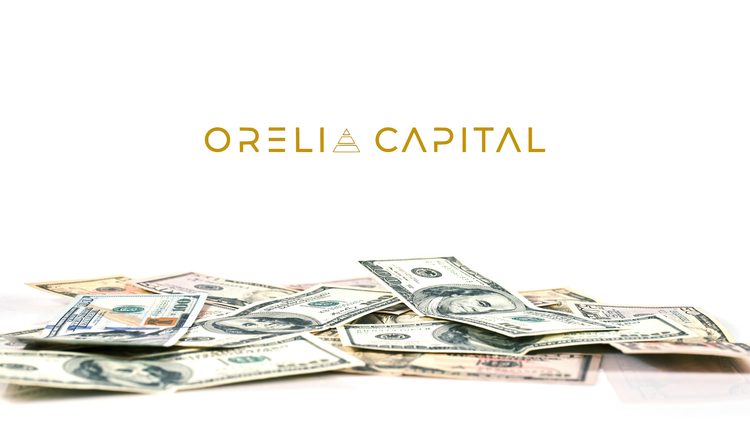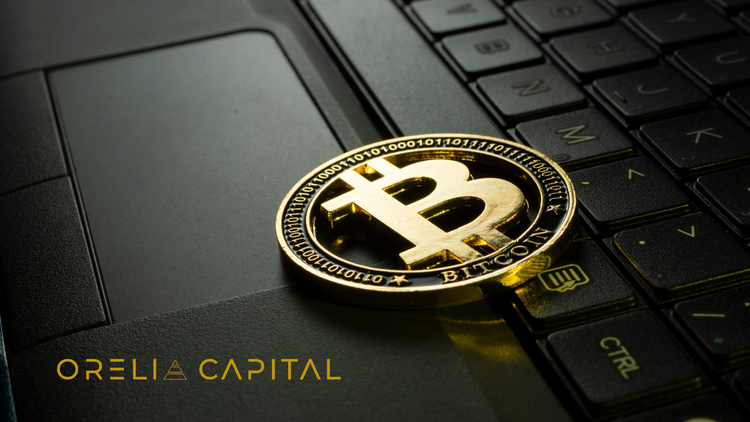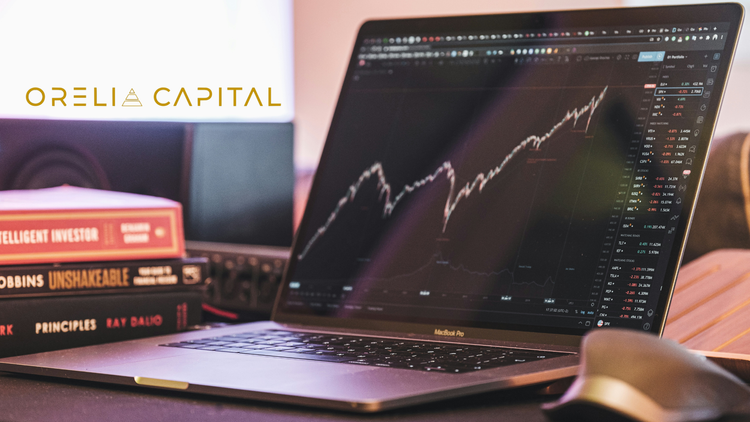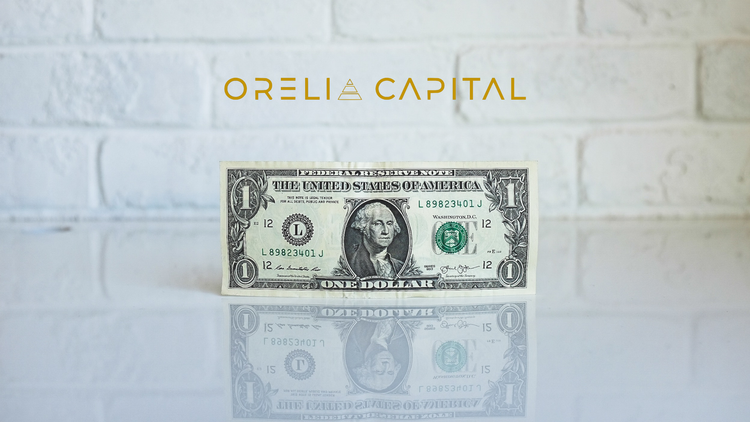Navigating the World of Precious Metals and Commodities
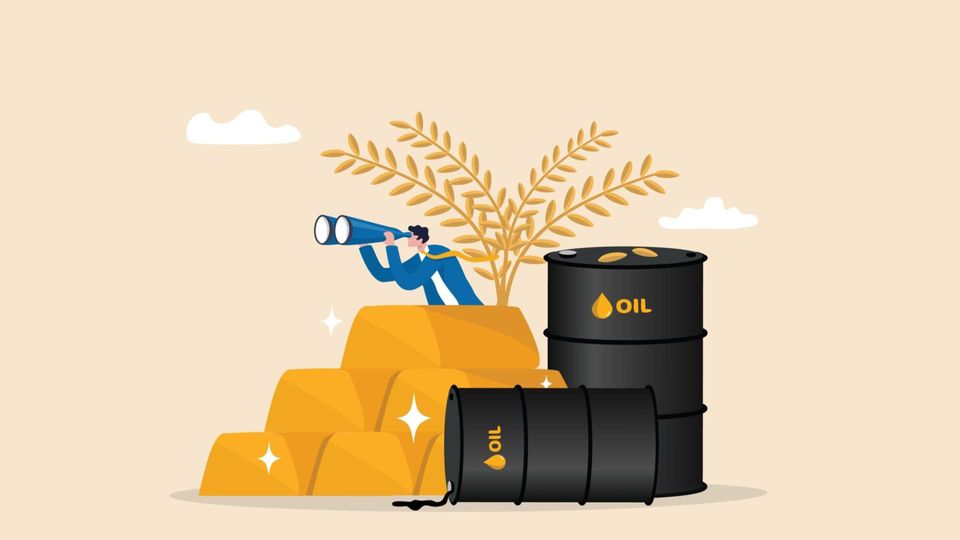
Introduction to Precious Metals and Commodities:
- Precious metals encompass a group of naturally occurring elements known for their rarity, intrinsic value, and historical significance. These typically include gold, silver, platinum, and palladium.
- On the other hand, commodities are raw materials or primary agricultural products bought and sold in bulk. They include goods like oil, natural gas, agricultural products (wheat, corn, soybeans), and industrial metals (copper, aluminium)
Types of Precious Metals:
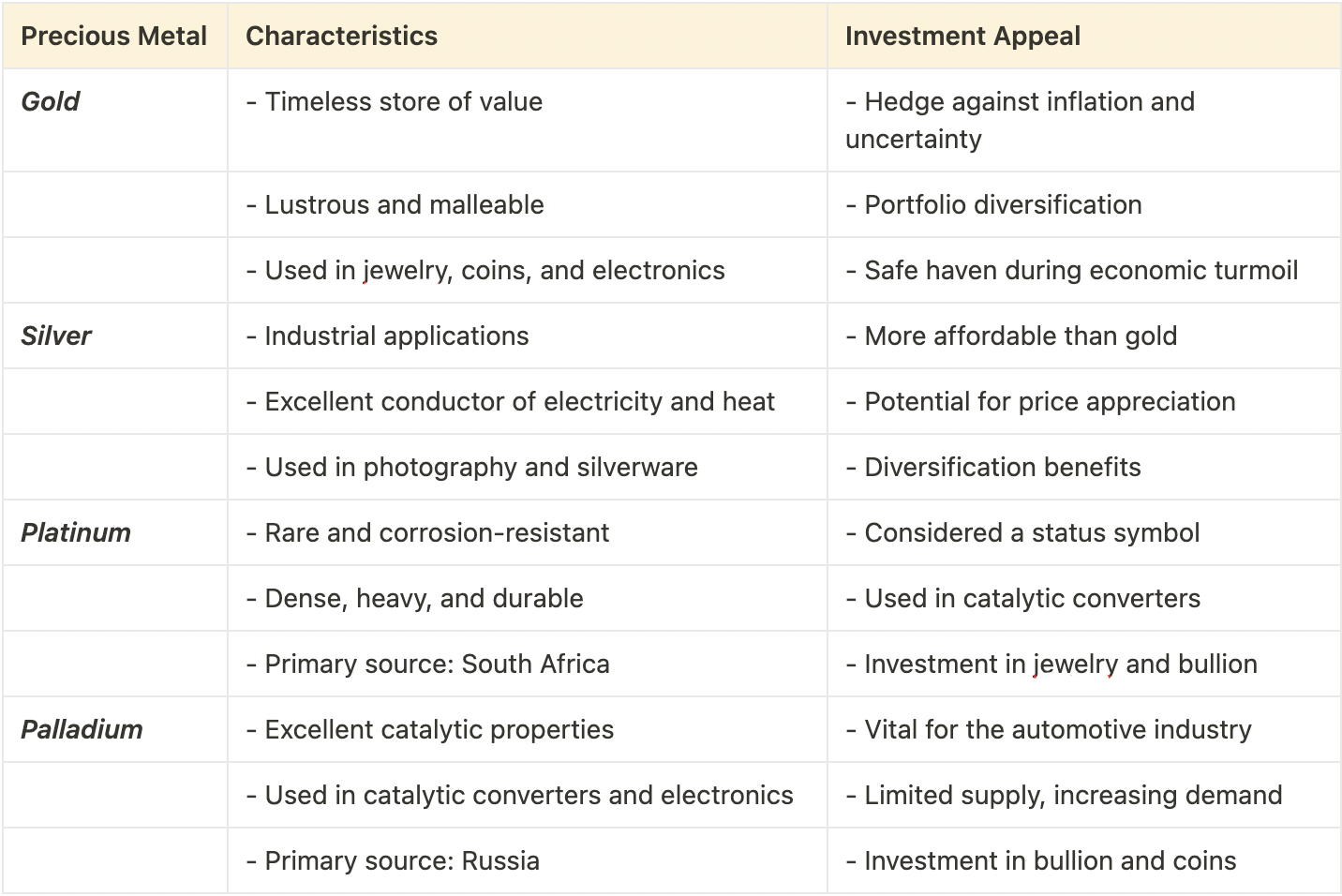
Commodity Market Fundamentals:
- Supply and Demand: Just like everyday goods, commodity prices go up when more people want them (demand) or when there's not enough (supply shortage).
- Real vs. Contracts: There are two ways to play in commodity markets: you can either own the actual stuff (like barrels of oil or bags of coffee) or bet on their prices through contracts. Most people use contracts because they're easier to trade.
- Seasonal Patterns: Some commodities, like gas in winter, get more expensive at certain times of the year because of when people use them.
- What Affects Prices: Prices can jump because of weather (like bad farming weather), politics (like sanctions on oil), new technology (like electric cars), or what people like to buy (like more smartphones needing metals).
- Storage Costs: Storing real stuff costs money, affecting the price. Sometimes, it's cheaper to wait and buy later.
- Why People Buy and Sell: Some folks bet on prices going up (speculators), while others use these markets to protect against price changes (like farmers locking in crop prices).
- Where They Trade: Commodity trading happens on special websites (exchanges) where you can buy and sell these contracts.
Benefits of Commodity Investing
- Risk Reduction: Precious metals and commodities often move independently of traditional assets like stocks and bonds. When these assets perform well, they can offset losses in other parts of your portfolio, reducing overall risk.
- Low Correlation: These assets typically have a low or negative correlation with equities and fixed-income securities. This means that when the stock market experiences downturns, the value of precious metals and commodities may rise, providing a hedge against stock market volatility.
- Inflation Hedge: Precious metals, particularly gold and silver, are historically considered effective hedges against inflation. As the purchasing power of fiat currencies erodes during inflationary periods, the value of precious metals tends to rise, preserving your wealth.
- Geopolitical Uncertainty: Commodities, especially those related to energy and agriculture, can be influenced by geopolitical events such as conflicts in oil-producing regions or disruptions in the supply chain. Investing in commodities can mitigate the impact of such uncertainties on your portfolio.
- Portfolio Diversification: Adding these assets to your investment portfolio ensures diversification across different asset classes, further spreading risk. A well-diversified portfolio can potentially provide more stable returns over time.
Investment Strategies for Precious Metals:
Physical Ownership:
- This strategy involves purchasing and holding physical precious metals like gold coins, bars, or jewelry.
- Investors benefit from direct ownership and can access their assets anytime.
Precious Metals ETFs (Exchange-Traded Funds):
- ETFs are a convenient way to invest in precious metals without the burden of physical storage.
- They track the prices of underlying metals and offer liquidity as they trade on stock exchanges.
Mining Stocks:
- Invest in companies engaged in the exploration, extraction, and production of precious metals.
- Mining stocks can provide exposure to potential price appreciation, dividend income, and industry-specific risks.
Precious Metals Mutual Funds:
- Mutual funds pool money from multiple investors to buy a diversified portfolio of precious metal assets.
- They are managed by professionals who make investment decisions on behalf of investors for specific fees.
Options and Futures Contracts:
- Advanced investors and traders can use options and futures contracts to speculate on precious metal prices.
- Typically, this strategy is not recommended for beginners.
Digital Precious Metals Platforms:
- Online platforms enable investors to buy and hold precious metals digitally.
- Investors are issued certificates representing ownership, and these platforms often offer physical delivery options.
Dollar-Cost Averaging (DCA):
- DCA involves regularly investing a fixed amount of money into precious metals over time.
- This strategy reduces the impact of market volatility and lowers the average purchase price.
- It is particularly suitable for long-term investors looking to accumulate assets gradually.
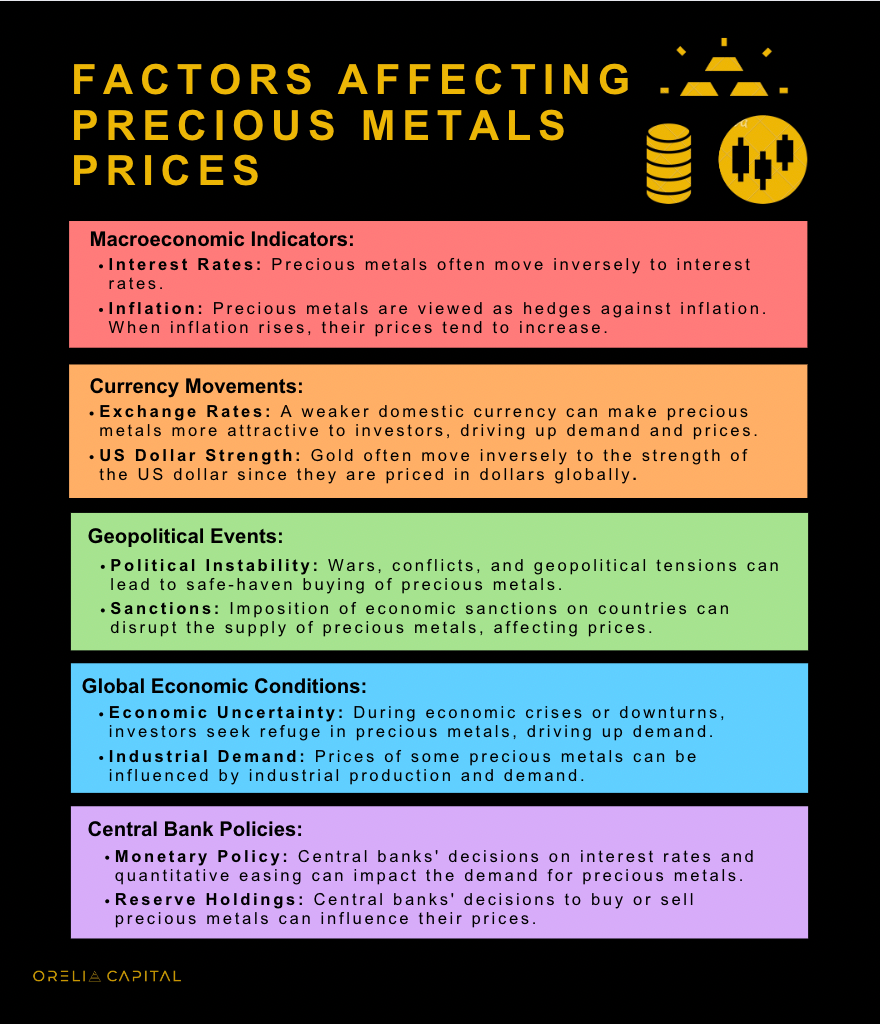
Investing in precious metals and commodities can be a rewarding addition to your portfolio, offering diversification and potential for growth. Understanding the basics, from the types of metals to commodity market dynamics and investment strategies, is a crucial first step. However, it's essential to remember that investing always carries risks, and commodities can be volatile. This article provides valuable insights but is not financial advice tailored to your unique situation.
Before diving into the world of precious metals and commodities, consult with a qualified financial advisor. They can help you craft a strategy that aligns with your financial goals and risk tolerance. Invest wisely, stay informed, and make decisions that suit your financial circumstances.

We hope you enjoyed this edition of our newsletter. If you found it helpful, please consider sharing it with others who might benefit from this information.
At Orelia Capital, we believe that feedback is a gift. Your feedback can help us improve our content and provide more value to our readers.

